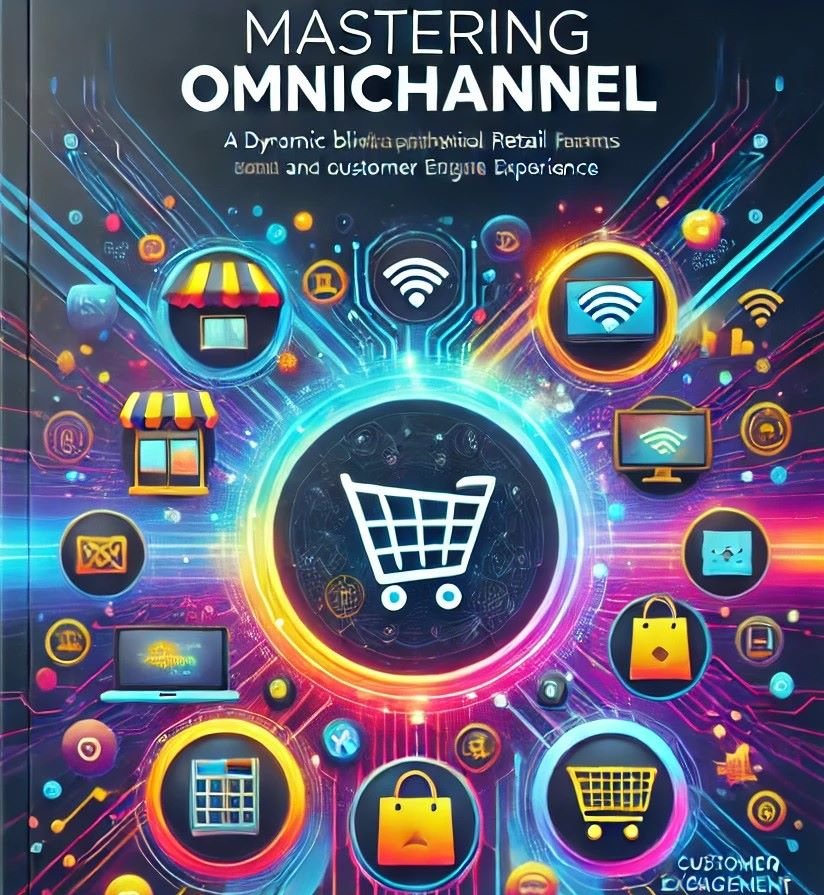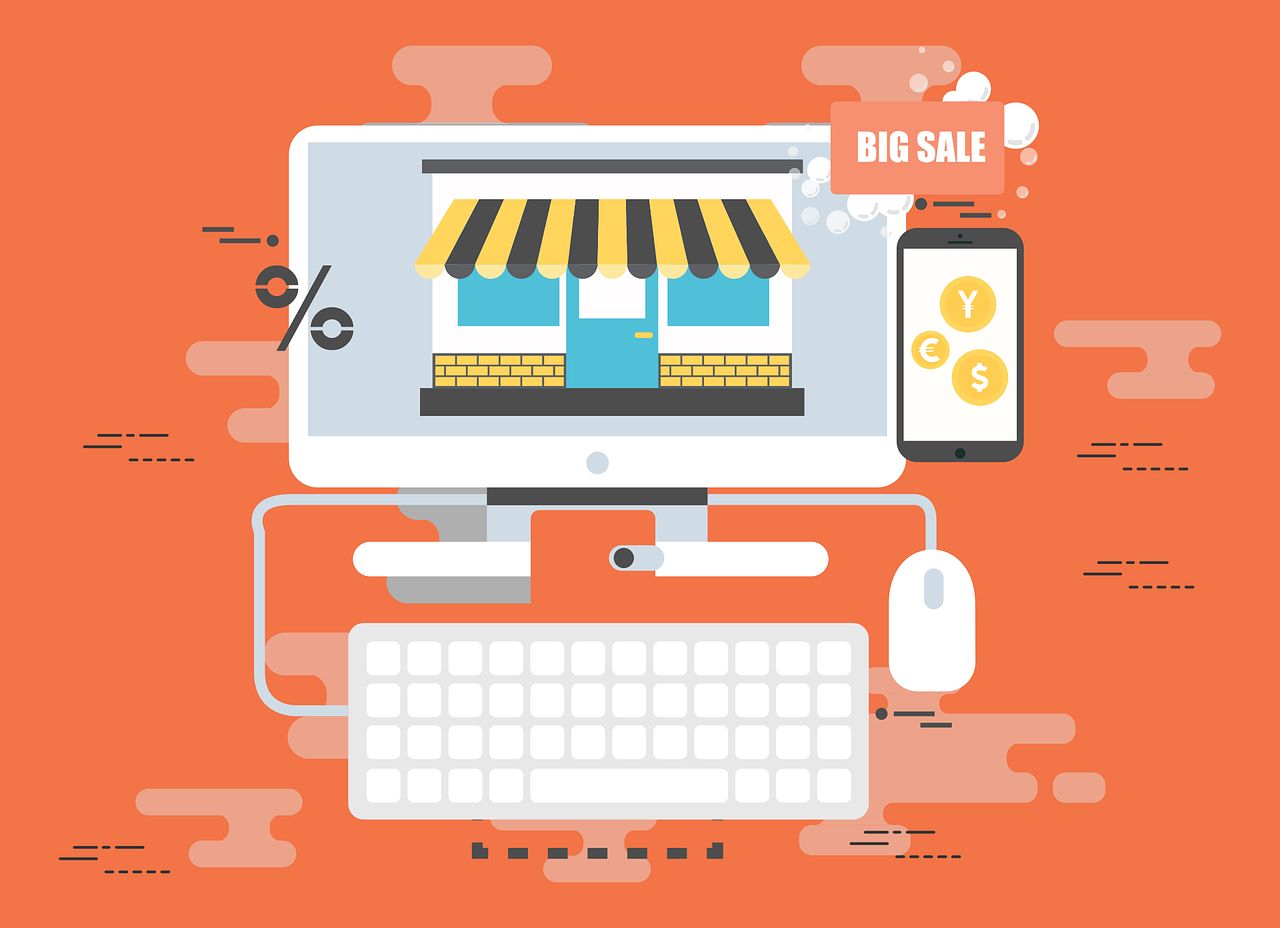Mastering Omnichannel Retail: A Guide to Strategies, Insights, and Innovations
Omnichannel retail represents the gold standard for modern commerce.
By integrating digital and physical touchpoints, retailers can provide seamless and personalized experiences that cater to the evolving demands of consumers.
This report combines 10 comprehensive perspectives on omnichannel retail, delivering a detailed guide to advanced strategies, hidden opportunities, and disruptive innovations.
Understanding Omnichannel Retail
At its core, omnichannel retail is about creating a unified and interconnected experience.
Whether a customer interacts with your business through an app, e-commerce site, social media platform, or physical store, the goal is to make the journey seamless.
This integration fosters:
- Enhanced Customer Satisfaction: Consumers enjoy the freedom to shop where and how they want.
- Increased Retention and Loyalty: A smooth omnichannel experience leads to long-term relationships.
- Higher Revenue Potential: Retailers that excel in omnichannel can capture opportunities across all platforms.
Insider Tips and Proven Techniques
Centralized Inventory Management
Unify inventory systems across channels to ensure real-time visibility.
This prevents stockouts, reduces overstock, and guarantees that customers can trust availability data, no matter where they shop.
Key Tactic: Use cloud-based solutions to synchronize inventory and integrate them with fulfillment systems like BOPIS (Buy Online, Pick Up In-Store).
Unified Customer Data
Implement Customer Data Platforms (CDPs) to consolidate data from online and offline interactions.
This allows businesses to build a 360-degree view of customers, informing tailored marketing efforts and personalized recommendations.
Personalized Engagement
AI-driven tools enable retailers to analyze browsing behavior, purchase history, and preferences.
Use this data to deliver personalized product suggestions, targeted discounts, and dynamic pricing.
Hidden Gems and Next-Level Strategies
Geo-Targeting for In-Store Traffic
Capitalize on location-based marketing by sending push notifications or discounts to customers near your stores.
For example, alerting a customer about a nearby in-store sale can encourage visits and boost foot traffic.
AR Integration
Augmented reality can enhance both online and in-store experiences.
Allow customers to visualize furniture in their living spaces or try on clothing virtually, bridging the gap between physical and digital shopping.
Example: Sephora uses AR for virtual makeup trials, allowing customers to see how products look without visiting the store.
Omnichannel Loyalty Programs
Design a loyalty program that spans all channels. Customers should be able to earn points through online purchases, redeem them in-store, and vice versa.
Adding gamified elements like challenges or surprise rewards keeps engagement high.
Advanced Strategies and Rare Insights
Predictive Analytics for Inventory
AI-powered analytics tools can predict demand by analyzing historical data, regional trends, and customer preferences.
These insights help optimize stock levels and prevent overstocking or shortages.
Social Commerce Integration
Social media platforms like Instagram and TikTok are evolving into full-fledged sales channels.
Use shoppable posts and live-stream shopping to convert engagement into direct purchases.
Cross-Channel Support
Ensure that customers can transition between support channels seamlessly.
For example, an inquiry started on live chat should be continued in-store or over email without the need to repeat the issue.
Disruptive Innovations and Game-Changing Ideas
Cashierless Checkout
Implement technologies like Amazon Go’s Just Walk Out system, which uses sensors and AI to track purchases, allowing customers to leave the store without waiting in line.
Micro-Fulfillment Centers
Establish small warehouses in urban areas to enable same-day delivery and rapid fulfillment of online orders.
Livestream Shopping Events
Host interactive shopping events where customers can view products in real-time, ask questions, and make purchases. This approach combines entertainment with commerce, creating a memorable experience.
Behind-the-Scenes Insights
Cross-Functional Collaboration
Omnichannel success requires alignment across marketing, operations, IT, and customer service teams.
A cohesive approach ensures consistent messaging and seamless execution.
Localized Marketing Campaigns
Tailor promotions to specific regions based on inventory and customer preferences. For instance, use Google’s Local Inventory Ads to promote products that are available in nearby stores.
Emerging Opportunities and Untapped Potential
Sustainability in Omnichannel Retail
Consumers increasingly value eco-conscious brands.
Offer carbon-neutral shipping, recyclable packaging, or trade-in programs to attract environmentally aware shoppers.
Voice and Visual Search
Optimize your site for voice search queries and integrate visual search functionality, allowing customers to upload images and find similar products.
Revolutionary Techniques and Deep Dives
Interactive Packaging
Incorporate QR codes or AR technology into packaging to provide interactive product information, tutorials, or exclusive deals.
Blockchain for Transparency
Use blockchain to enable customers to trace the origin of products, reinforcing trust and highlighting ethical sourcing.
Measuring Success and Iterating
Track performance with these key metrics:
- Customer Retention Rates: Assess how effectively omnichannel strategies foster loyalty.
- Engagement Across Channels: Monitor how customers interact with your platforms and adjust based on data.
- Fulfillment Efficiency: Measure delivery times, order accuracy, and satisfaction with options like curbside pickup.
- Net Promoter Score (NPS): Evaluate customer satisfaction and their likelihood to recommend your brand.
Challenges and Solutions
-
Data Silos:
- Challenge: Disconnected systems hinder unified experiences.
- Solution: Invest in integration platforms that consolidate data and create a seamless flow of information.
-
Staff Training:
- Challenge: Employees may struggle with cross-channel operations.
- Solution: Equip teams with training on new tools and techniques, ensuring they can support customers effectively.
Future Trends in Omnichannel Retail
Metaverse Shopping: Virtual storefronts in the metaverse will redefine how customers shop online.
- Hyper-Personalization: AI-driven insights will tailor every touchpoint to individual preferences.
- AR and VR Expansion: Immersive experiences will further blur the lines between digital and physical commerce.
- Sustainability as a Differentiator: Eco-friendly practices will become a key selling point.
Conclusion
Omnichannel retail is a dynamic field that demands continuous innovation, advanced integration, and a customer-first mindset.
By leveraging the strategies, solutions, and insights detailed in this report, retailers can stay ahead in the competitive market and deliver exceptional experiences.














